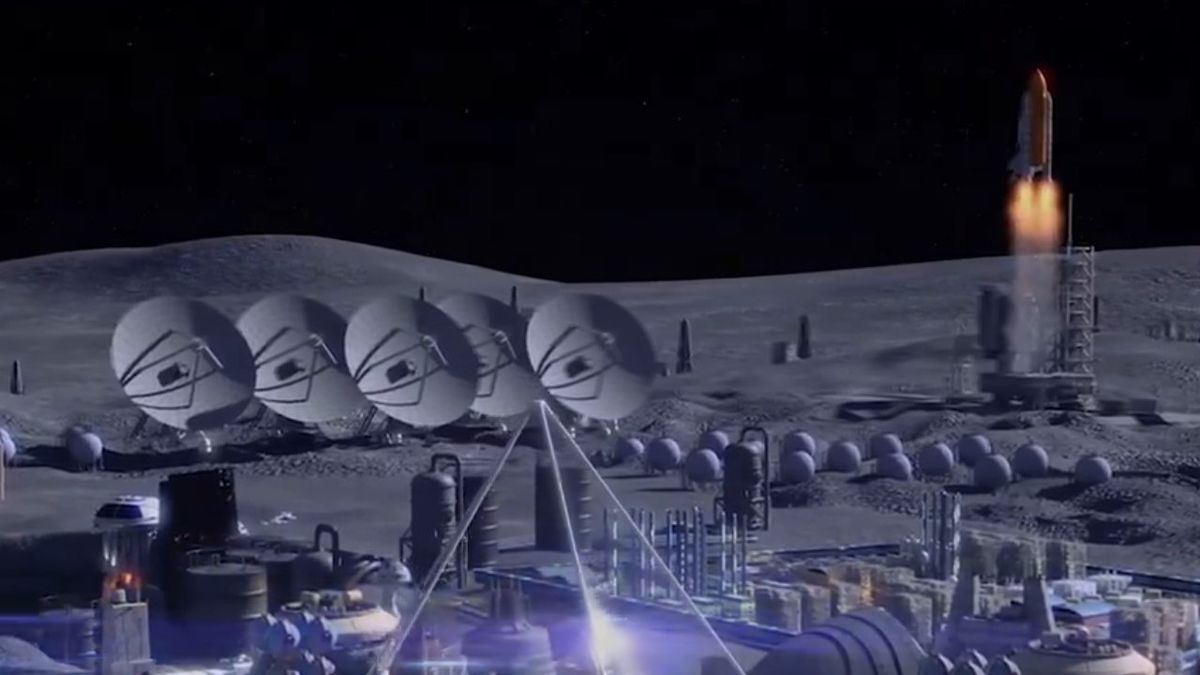Planetary scientists have verified the existence of a new main-belt comet.

Planetary scientists confirm new main-belt comet (Image Credit: Phys.org)

A mysterious object discovered in the main asteroid belt in 2021 was determined to be a main-belt comet by Planetary Science Institute Senior Scientist Henry Hsieh, Scott Sheppard of the Carnegie Institution for Science and Audrey Thirouin of Lowell Observatory.
Main-belt comets are icy objects found in the asteroid belt between Mars and Jupiter—rather than the cold outer solar system where icy bodies are typically expected. They sport comet-like features, like tails extending away from the sun or fuzzy clouds as the sun’s heat vaporizes their ice. They were first discovered in 2006 at the University of Hawaii by Hsieh and his then-doctoral advisor, David Jewitt.
Main-belt comets belong to a larger group of solar system objects known as active asteroids, which look like comets, but have asteroid-like orbits in the warm inner solar system. This larger group includes objects whose clouds and tails are made of ejected dust produced after an impact or as they quickly rotate, rather than just those that eject dust due to vaporized ice. Both main-belt comets and active asteroids in general are still relatively rare, but scientists are discovering them at a growing clip.
Hsieh and his colleagues observed active asteroid 456P/PANSTARRS twice using the Magellan Baade Telescope and Lowell Discovery Telescope in October 2024 to establish its status as the 14th confirmed main-belt comet. They published their findings in Research Notes of the AAS.
“This object is not just an asteroid that experienced a one-off event that caused it to show activity one time, but is an inherently active, icy body similar to other comets from the outer solar system,” Hsieh said.
If 456P/PANSTARRS’s activity were due to something other than ice vaporization, then its tail would be expected to appear only once randomly, and not repeatedly appear when it was close to the sun. An icy object, on the other hand, heats up every time it approaches the sun, and the vaporized ice drags dust out along with it. When the object moves farther from the sun and cools, the activity stops.
Observations of repeated dust ejection activity during close approaches to the sun are currently considered the best and most reliable way to identify main-belt comets.
“There are still very few confirmed main-belt comets known,” Hsieh said. “We want to build up the population so we can get a clearer idea of what their broader properties are—such as their sizes, activity duration and distribution within the asteroid belt, for example—so that they can be better used to trace ice in the solar system in general.”
More information:
Henry H. Hsieh et al, Confirmation of Recurrent Activity of Main-Belt Comet 456P/PANSTARRS (P/2021 L4), Research Notes of the AAS (2024). DOI: 10.3847/2515-5172/ad90a6
Provided byPlanetary Science Institute
Planetary scientists confirm new main-belt comet (2024, December 3)
retrieved 4 December 2024
from https://phys.org/news/2024-12-planetary-scientists-main-belt-comet.html
part may be reproduced without the written permission. The content is provided for information purposes only.





